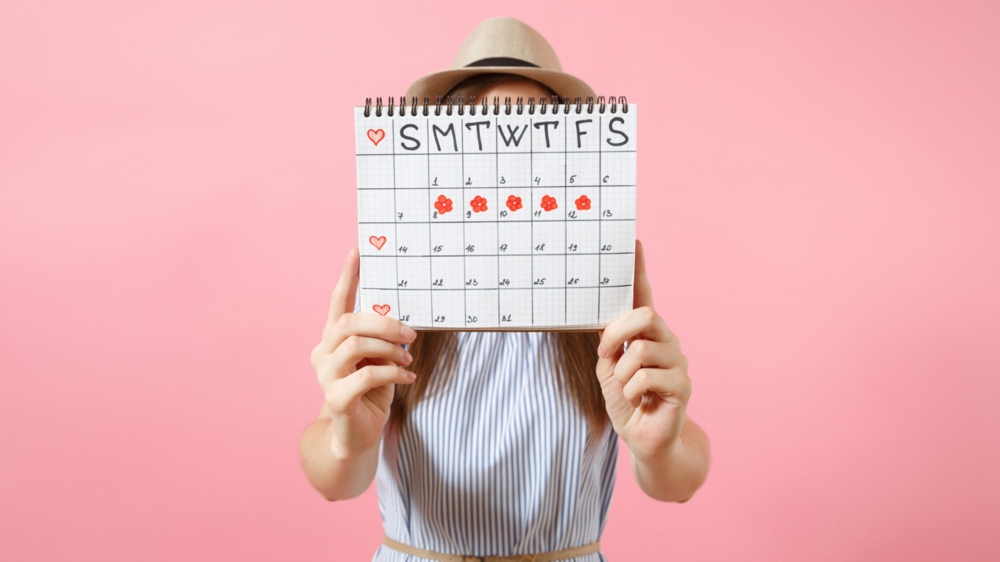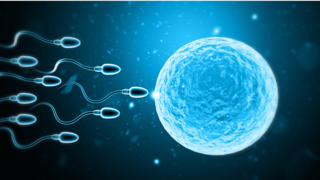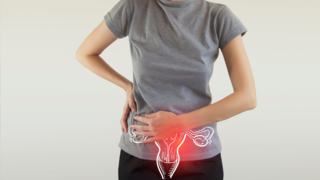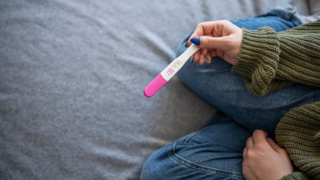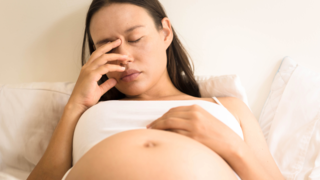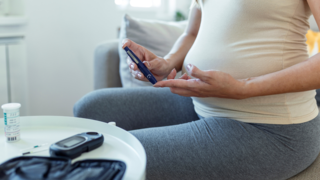In this article:
Let’s break down the differences in the simplest manner below:
What Is The Luteal Phase?
The luteal phase is the second part of your monthly cycle. It starts just after ovulation and continues until your period starts. Your body moves into a "just in case" state during this period, ready for a potential pregnancy. The follicle from the released egg creates a transient hormone-producing tissue known as the corpus luteum, which releases progesterone.Progesterone can affect your mood, energy, and even desires and thicken your uterine lining. If fertilisation fails, hormone levels decline, and your period starts, therefore ending the luteal phase.
Duration: Usually 10–14 days, and tends to be fairly consistent month to month.
What Is The Follicular Phase?
The follicular phase marks half of your cycle. It begins on the first day of your period and finishes during ovulation. This is your body preparing to release an egg. Hormones such as oestrogen and follicle-stimulating hormone (FSH) are really important here. Oestrogen increases slowly, strengthening the uterine lining and increasing energy and mood.Often referred to as the "rising" phase, this one is your body gearing up, and you can feel more physically active, determined, and focused.
Duration: Typically 10–16 days, and may vary more than the luteal phase.
How You Feel During Each Phase
Your body changes physically in the follicular and luteal stages, but your energy, mood, and even perspective change as well. Once you understand these patterns, you can work with your cycle instead of against it.Fertility Awareness
Luteal Phase: This phase begins after ovulation. If conception occurs, your body begins to get ready to sustain a possible pregnancy right away. Your basal body temperature stays high. You may experience mood swings, bloating, or breast discomfort. If you are monitoring for pregnancy, this is the time to start the dreaded "two-week wait" before tests. It's also a wonderful time to calm down, take care of yourself, and stay mindful of your body's early signs.
Energy levels
Luteal Phase: After ovulation, progesterone rises, making you feel a little slower, sleepier, or even drained. If you're feeling more tired or less driven, it's not in your head. You might find yourself reaching for rest more often, and that’s perfectly normal. Like walking or stretching, gentle movement usually feels better here than high-intensity workouts.
Mood
Luteal Phase: As progesterone takes over, your mood might dip. You could feel more sensitive, anxious, or irritable, especially in the days right before your period. This is when PMS tends to show up. Knowing this can help you give yourself more grace, and maybe say no to extra stress when possible.
Cravings and Appetite
Luteal Phase: Here comes the cravings, especially for carbs and sweets. Your metabolism speeds up slightly, and your body wants more energy. Don’t be surprised if you are hungry more often or reaching for comfort food. It's not about "willpower", it’s biology. Just aim for balanced choices when you can.
Productivity & Focus
Luteal Phase: You might find it harder to concentrate for long stretches or feel a bit more distracted. That’s okay. This phase is actually ideal for reviewing, editing, tying up loose ends, and checking in on your emotions. Think of it as a time for reflection rather than initiation.
Why This Matters
Once you start tracking your cycle and noticing these shifts, you can plan life around your biology, whether work, workouts, social commitments, or even family planning. Understanding your follicular and luteal phases can help you identify your most fertile window, optimise your chances of conception, and better support early pregnancy. It’s about syncing with your natural flow, not working against it.You don’t have to change everything overnight. Just start noticing the pattern. With time, you’ll learn what your body needs in each phase and that awareness alone can make a huge difference.
Want to get even more in sync? Try tracking your cycle for a couple of months and jot down how you feel physically, emotionally, and mentally during each phase. You’ll be surprised how much your body’s been trying to tell you.
Faqs On Luteal Phase Vs Follicular Phase: What You Need To Know
- What are the 4 phases of the menstrual cycle?
The menstrual cycle consists of four phases: menstruation, the follicular phase, ovulation, and the luteal phase. Knowing your menstrual cycle will enable you to estimate when you will probably become pregnant. Speak with your doctor if your menstruation causes you concern. - Is it possible to get pregnant in the luteal phase?
Conception occurs in the luteal phase. However, the most fertile days of your cycle, your best chances to get pregnant, occur in the follicular phase. If you try to get pregnant waiting until AFTER ovulation, you only have 12 to 24 hours for conception to take place. - Does your face change during the luteal phase?
According to certain research, your face's texture and form could change in the luteal phase. Studies suggest that changes could include your nose being larger, your eyebrows getting more noticeable, and the lower half of your face getting bigger.

